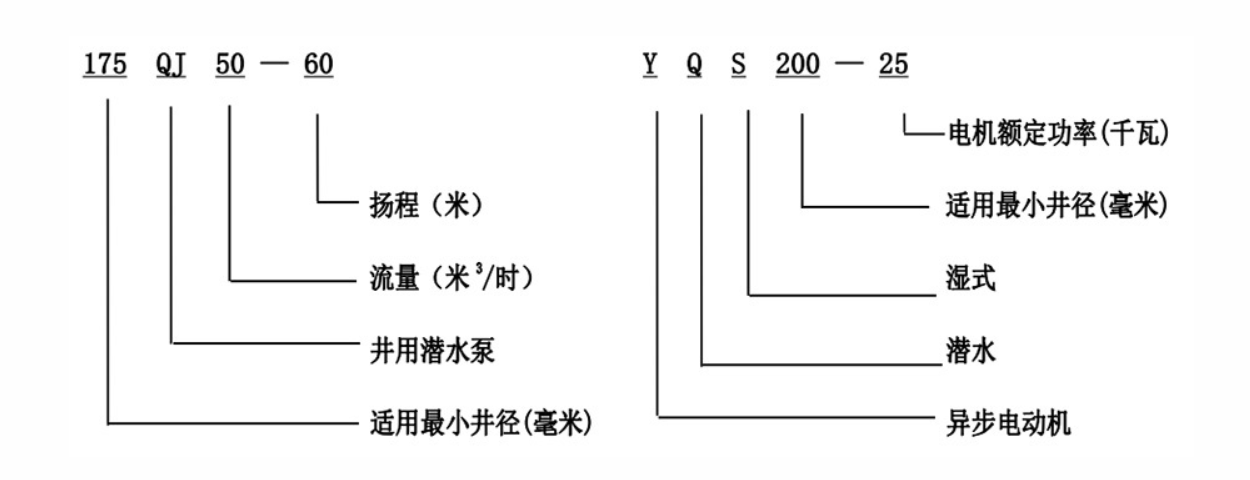Nov . 19, 2024 22:05 Back to list
submersible pump installation
Submersible Pump Installation A Comprehensive Guide
Submersible pumps play a vital role in various applications, such as groundwater extraction, sewage removal, and industrial process operations. Their ability to operate underwater makes them an efficient choice for pumping water or other fluids from deep underground or confined spaces. However, the success of a submersible pump's operation largely depends on its proper installation. In this article, we will explore the key steps and considerations required for the installation of a submersible pump.
Understanding Submersible Pumps
Before diving into the installation process, it's essential to understand what a submersible pump is and how it functions. Unlike traditional surface pumps, submersible pumps are designed to be submerged in the fluid they are intended to pump. They consist of a motor attached to a pump body, which houses impellers that move the fluid. This design not only minimizes noise levels but also reduces the risk of cavitation, making them highly efficient for deep well applications.
Step 1 Preparation
Preparation is crucial for a successful installation. First, determine the pump's specifications, including the flow rate and total dynamic head (TDH) required for your application. These parameters will help you select the right pump model.
Next, ensure you have the necessary tools, safety equipment, and installation materials, such as electrical wiring, discharge pipes, and check valves. Safety should always be a priority; wear gloves, goggles, and protective gear throughout the installation process.
Step 2 Site Assessment
Carrying out a thorough site assessment is essential to identify any potential issues that could affect the pump’s operation. Check the well or borehole for obstructions and ensure it meets the appropriate depth requirements for your chosen pump model. Additionally, assess the power supply to ensure it can handle the pump’s electrical specifications.
Step 3 Electrical Wiring
The electrical setup is a crucial part of the installation process. Before beginning, ensure that the power supply is turned off. The pump usually comes with pre-installed cables, but you may need to extend the wiring to reach the power source. Use weatherproof electrical connections and ensure that all wiring is properly insulated and secured to prevent electrocution or short circuits.
submersible pump installation

If the pump operates on a three-phase power supply, consider hiring a qualified electrician to install the necessary control panel and ensure safe operation
.Step 4 Lowering the Pump
Once the wiring is done, the next step is to lower the pump into the well or borehole. Utilize a rope or lifting chain to gently lower the pump into position, avoiding any impact with the sides of the well. Ensure that the pump is straight and that the discharge head is above the water level.
Additionally, check that there are no kinks or twists in the discharge pipe that could impede water flow. It's important to maintain a sufficient distance from the bottom of the borehole to prevent the pump from drawing in debris or sediment.
Step 5 Connecting the Discharge Line
After successfully lowering the pump, the next step is to connect the discharge line. Ensure that all connections are secure and properly sealed to prevent leaks. Install any necessary check valves to prevent backflow and ensure that the fluid flows in the intended direction.
Step 6 Testing the System
Once everything is connected, restore power to the system and start the pump to test its operation. Monitor the pump for unusual noises or vibrations, and check for any leaks at the discharge connections. It's essential to observe the flow rate and pressure to ensure they meet the required specifications.
In Conclusion
Proper installation of a submersible pump is crucial for its effective operation and longevity. By following these steps and taking the necessary precautions, you can ensure that your pump operates efficiently and effectively. Always remember that if you’re unsure about any part of the installation process, seeking professional assistance is a prudent choice.
-
submersible-sump-pump-auto-drainage-for-crawlspaces
NewsAug.22,2025
-
solar-powered-stainless-steel-submersible-well-pump-setup
NewsAug.22,2025
-
stainless-steel-well-pump-flow-rate-optimization
NewsAug.22,2025
-
water-filled-submersible-pump-fish-farm-oxygenation
NewsAug.22,2025
-
submersible-pump-in-aquaculture-and-fish-farming
NewsAug.22,2025
-
deep-well-submersible-pump-for-drought-areas
NewsAug.22,2025
-
 submersible-sump-pump-auto-drainage-for-crawlspacesCrawlspaces, those narrow areas beneath homes, are prone to water accumulation due to leaks, groundwDetail
submersible-sump-pump-auto-drainage-for-crawlspacesCrawlspaces, those narrow areas beneath homes, are prone to water accumulation due to leaks, groundwDetail -
 solar-powered-stainless-steel-submersible-well-pump-setupHarnessing solar energy to power stainless steel submersible well pumps is a sustainable and coDetail
solar-powered-stainless-steel-submersible-well-pump-setupHarnessing solar energy to power stainless steel submersible well pumps is a sustainable and coDetail -
 stainless-steel-well-pump-flow-rate-optimizationIn various applications like agriculture, domestic water supply, and industrial use, the flow rate oDetail
stainless-steel-well-pump-flow-rate-optimizationIn various applications like agriculture, domestic water supply, and industrial use, the flow rate oDetail
